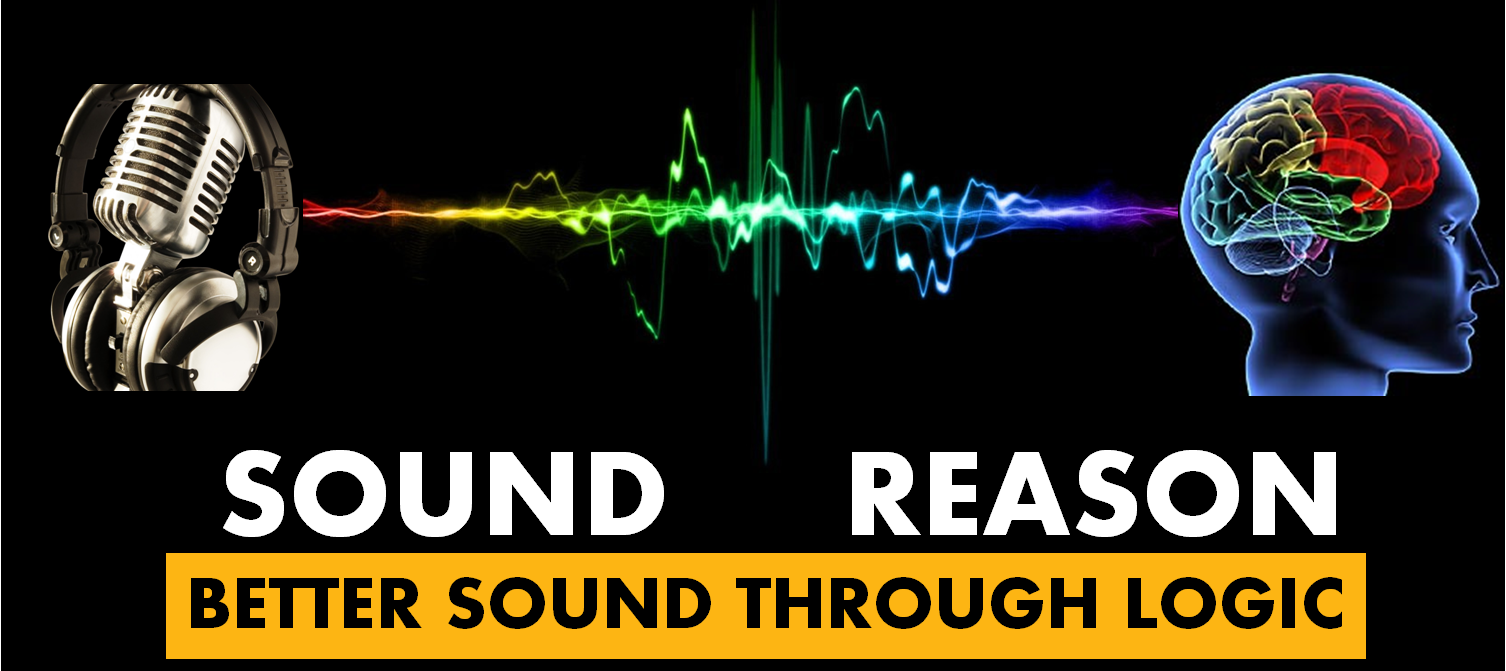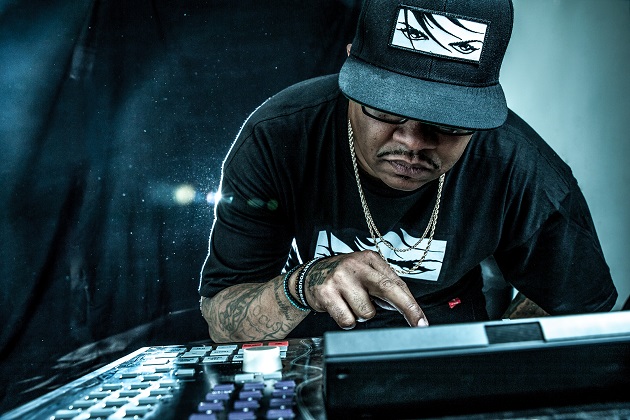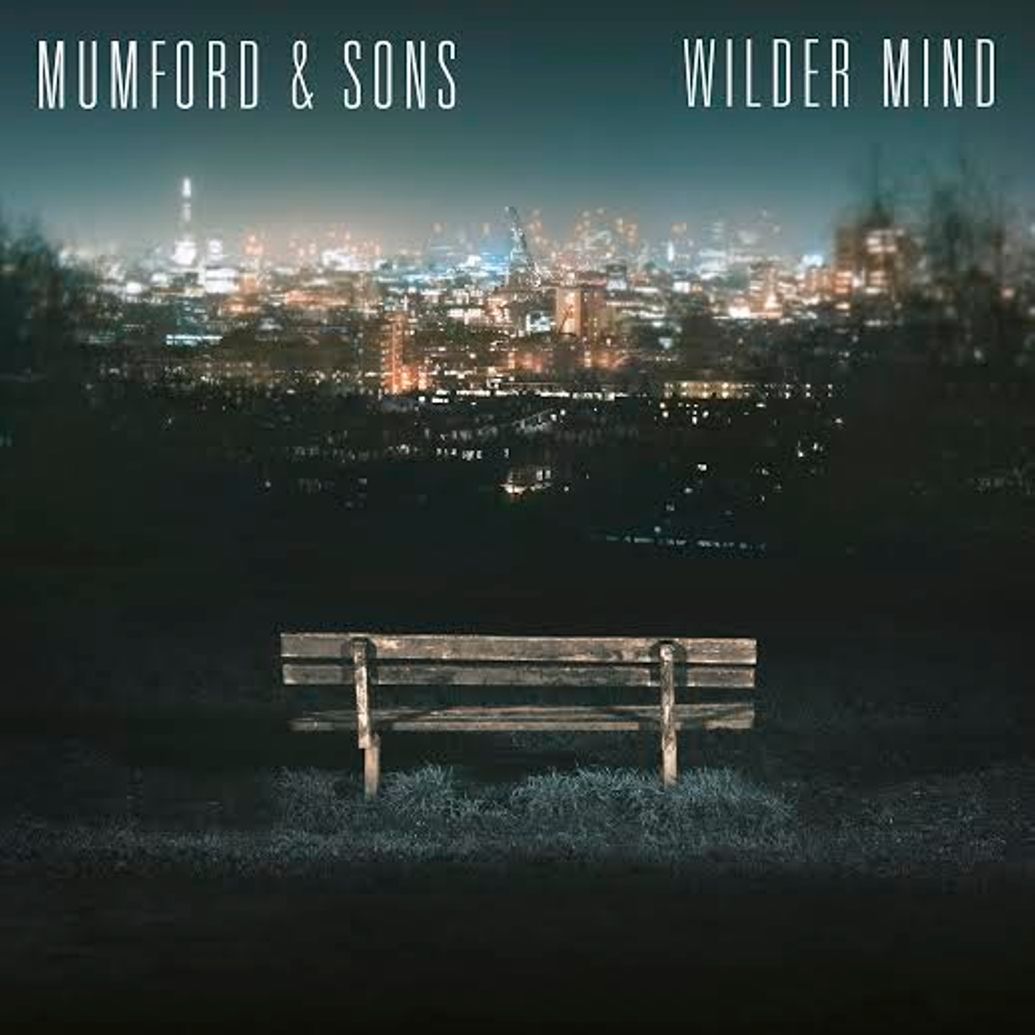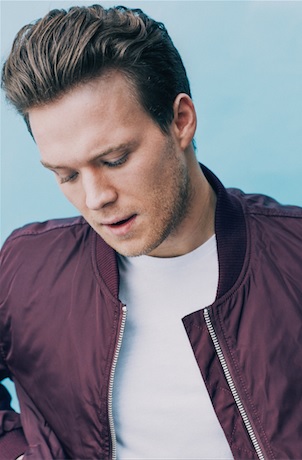 There’s a production trick that I’ve heard used so very well that it can actually bring a wave of goose bumps over me every single time, when done correctly. When done incorrectly nothing makes me change the song faster. What I’m referring to is the quiet intro to a song. This was a technique that I found was perfected by Quincy Jones, and there is a trick to making sure you do it to draw the listener in as opposed to making it offensive to the ears.
There’s a production trick that I’ve heard used so very well that it can actually bring a wave of goose bumps over me every single time, when done correctly. When done incorrectly nothing makes me change the song faster. What I’m referring to is the quiet intro to a song. This was a technique that I found was perfected by Quincy Jones, and there is a trick to making sure you do it to draw the listener in as opposed to making it offensive to the ears.
Now, to avoid controversy and argument over what’s right and wrong (because that’s not my goal), I’m going to avoid naming specific songs. What I want to do is get you to think about whether this is something that should apply to the production of your next song, or perhaps even your last song.
The first thing to talk about is why you might want use the quiet intro. Looking back into one of the reasons it was popularized in recorded music was to entice the listener to turn up their stereo right from the beginning so that when the song hit the peak they would already be fully engrossed in the song. Songs can be just as engaging when they start at higher levels and stay consistent, so what you have to answer for yourself is if the subject matter and arrangement of the song lend itself to your using that quiet intro. This is a chance to create an intimate interaction with your listener; something where they might feel like you are singing directly to them performing just for them. Compare it to the idea of seeing a band at a festival show versus seeing them in an acoustic performance at a small club. The festival show will have an energy to it that might be incomparable where thousands of people might be singing along, but the club show allows you and the artist to potentially feel like you’re face to face.
Now that you’ve considered what’s best for your song, you’ve thought about how you want to produce it, examined the content and arrangement to see if it’s something that might work well with a quiet intro and decided to take the leap. I’m all in favor of this as it’s one of my production techniques to evoke an emotional response from the listener. When I say evoke an emotional response, please remember that rocking out when the beat drops is just as emotional as closing your eyes and getting lost in a string arrangement. And with that, we’ve touched on the two standard ways that people can execute the quiet intro with great success. Again, which method you want to use is going to be based on the content of your song and the emotional connection that you want to make to your audience. The two ways that this can be executed will evoke a different response and connection.
The first way I mentioned will be to start the song with an intimate arrangement, usually minimal instruments and vocals that reaches a point where it wants to swell to an emphasis, be it lyrical or musical, and will almost suddenly explode with instrumentation and volume. The beauty of this way of utilizing the quiet intro is that if you start it at a low enough level, it can force the listener to turn it up right at the start of the track, and when the full volume of the song lands on their ears they are going to be fully engulfed in the music. This can sometimes make them completely ignore the significant volume change. Personally, though, I’m a fan of the other use of the quiet intro. The start of a song being vocals and minimal instrumentation then slowly building by adding more pieces, softly at first, and then bringing the whole orchestration to a swelling high point before moving to the meat of the song. This way can potentially be a little more listener friendly because you’re easing them into the shift in volume as opposed to the sonic equivalent of dropping them off a cliff. I cannot stress enough, though, neither option is better than the other, it will completely depend on the type of emotional connection and listener reaction you are looking to achieve.
Music is an emotional thing. We listen to songs because we connect to them in some way, and the quiet intro can help provide an intimacy to draw the audience in before emphasizing the message you want to deliver with the content of the song. Just use it wisely.




